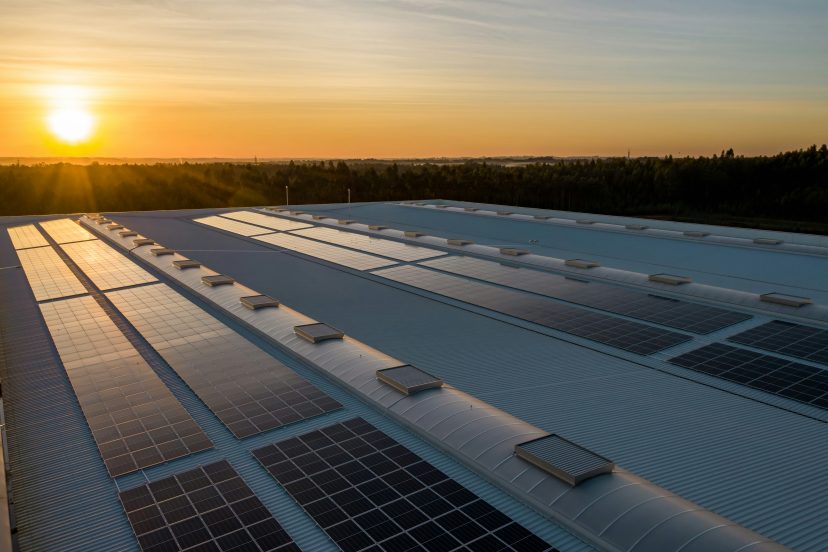What Are Solar Panels
As an Amazon Associate, I earn from qualifying purchases, at no additional cost to you. Disclaimer
I have always been fascinated by the incredible advancements in renewable energy, and one topic that has piqued my interest lately is solar panels. You may have heard people talk about them or seen them atop rooftops, but do you really know what they are? Well, solar panels are ingenious devices that capture sunlight and convert it into usable electricity. They are composed of multiple interconnected solar cells, usually made of silicon, that work together to harness the power of the sun. In this article, we will delve into the fascinating world of solar panels and explore the multitude of benefits they offer for both the environment and our wallets.
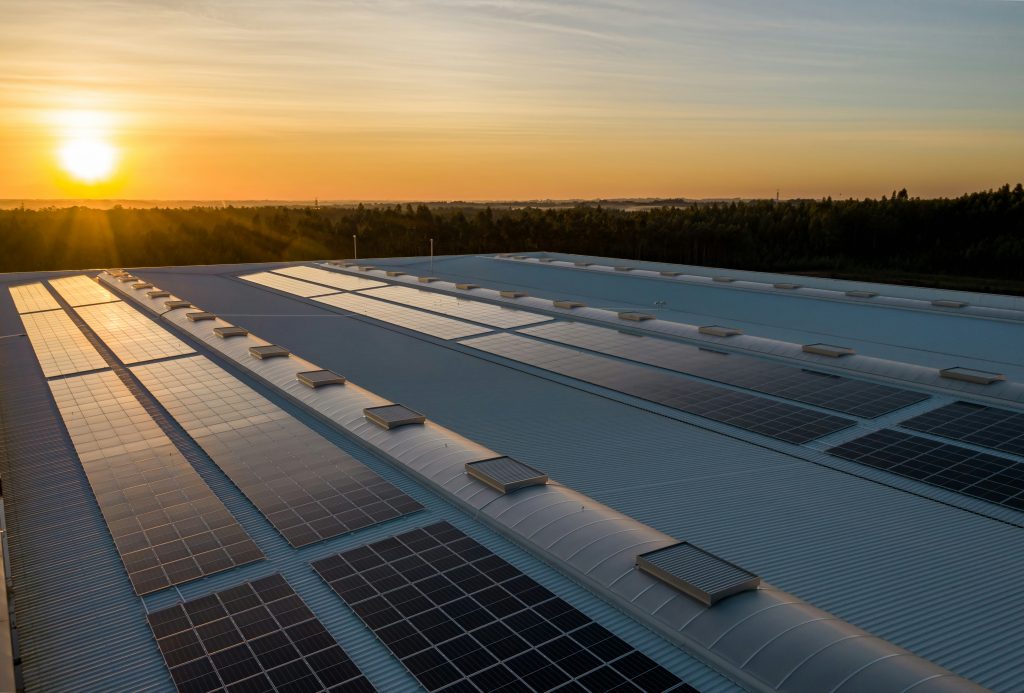
Understanding Solar Panels
Solar panels are devices that convert sunlight into electricity by utilizing the photovoltaic effect. They play a crucial role in harnessing solar energy and are essential components of solar power systems. By understanding the basics of solar panels, we can appreciate their significance in both the renewable energy sector and our daily lives.
Definition of Solar Panels
Solar panels are devices made up of solar cells that capture and convert sunlight into usable electric energy. They are typically large, flat panels that are installed on rooftops or in open areas to absorb sunlight. This absorbed sunlight is then converted into direct current (DC) electricity, which can be used to power homes, businesses, or even entire communities.
Basic Principle of Solar Panels
At the core of solar panels lies a simple principle: the photovoltaic effect. Solar cells, which are the building blocks of solar panels, contain semiconductor materials like silicon. When sunlight hits these materials, it excites the electrons within them, causing them to move and generate electric current. This current is then harnessed and converted into usable electricity.
Varieties of Solar Panels
Solar panels come in various types, each with its own unique characteristics and compositions. Some common varieties include:
- Monocrystalline solar panels: Made from single-crystal silicon, these panels have high efficiency and a uniform black appearance. They are known for their sleek aesthetics and higher cost compared to other types.
- Polycrystalline solar panels: These panels are made from multiple silicon crystals and have a distinct blue appearance. While they are slightly less efficient than monocrystalline panels, they often provide a more cost-effective option.
- Thin-film solar panels: Thin-film panels are made by depositing layers of photovoltaic inks onto a substrate. They are lightweight, flexible, and suitable for a variety of applications. However, they typically have lower efficiency compared to crystalline panels.
- Bifacial solar panels: These panels have the ability to capture sunlight from both sides, increasing their overall energy output. They are often used in situations where sunlight can be reflected or captured from different angles.
Understanding the different types of solar panels allows individuals and businesses to choose the most suitable option based on their specific needs and requirements.
Components of Solar Panels
To comprehend how solar panels function, it’s essential to grasp the various components that make up these innovative devices. Each component plays a vital role in maximizing the efficiency and performance of solar panels.
Solar Cells
solar cells, also known as photovoltaic cells, are the heart of solar panels. They are responsible for capturing sunlight and converting it into electrical energy through the photovoltaic effect. These cells are typically made of semiconductors, such as silicon, that have the ability to generate a flow of electrons when exposed to sunlight.
Metal Frame
The metal frame provides structural support and protection to solar panels. Typically made of aluminum or stainless steel, the frame ensures the durability and longevity of the panels by withstanding environmental factors like wind, rain, and snow. Additionally, it also facilitates the installation process and allows for easy mounting onto roofs or other surfaces.
Glass Casing
The glass casing serves as a protective cover for the solar cells. It is made of tempered glass that is specially designed to withstand harsh weather conditions and provide adequate insulation. This casing allows sunlight to pass through while protecting the delicate internal components of the solar panel from external elements like dust, debris, and moisture.
Silicon Layers
Silicon layers, also known as the semiconductor layers, are a critical component of solar panels. These layers are responsible for absorbing sunlight and generating an electric current. The higher the purity of the silicon used, the more efficient the solar panel becomes in converting sunlight into electricity.
Electrical Inverter
Solar panels generate direct current (DC) electricity, which is then converted into alternating current (AC) electricity through an electrical inverter. AC electricity is the standard form of electric power used in homes and businesses. The inverter is responsible for converting the DC electricity produced by the solar panels into a usable AC form that can power appliances, lighting, and other electrical devices.
Understanding the role and function of each component is crucial in optimizing solar panel performance and ensuring their proper installation and maintenance.
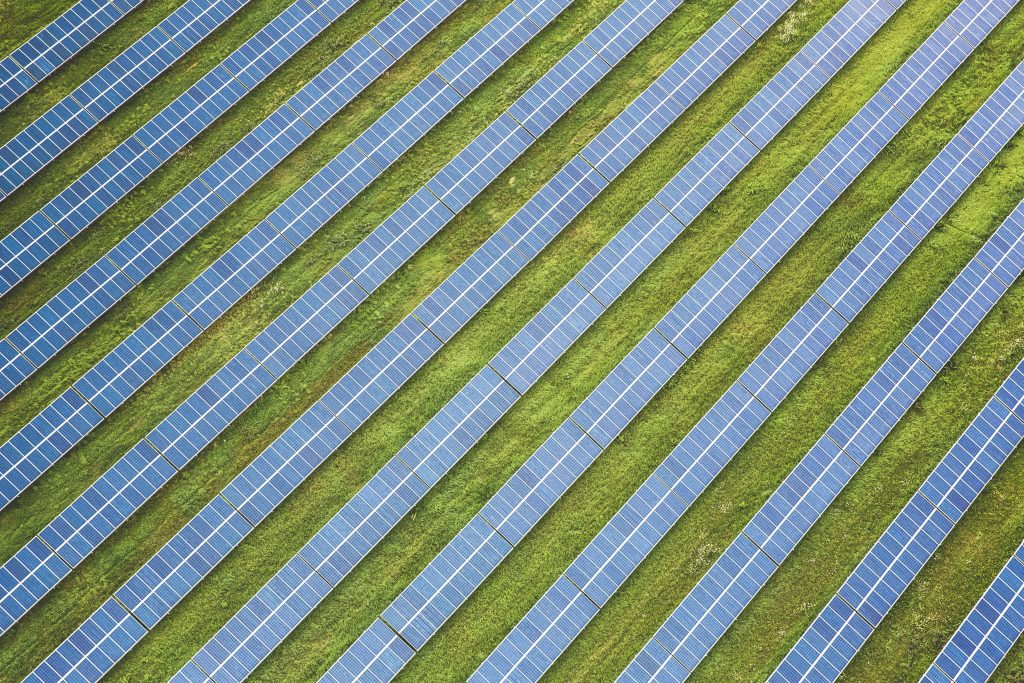
How Solar Panels Work
Solar panels work by efficiently harnessing the energy produced by sunlight and converting it into usable electrical power. This process involves the interaction of photons, semiconductors, and the photovoltaic effect.
Conversion of Sunlight into Electricity
When sunlight reaches the solar panel, it is absorbed by the solar cells. The photons present in the sunlight excite the electrons within the semiconductor material, causing them to break free from their atoms. This creates a flow of electrons or an electric current. The presence of a built-in electric field within the solar cells then directs this flow of electrons, generating electrical power.
Role of Semiconductors in Solar Panels
Semiconductors, particularly silicon, play a vital role in solar panel functioning. Silicon has unique properties that make it an ideal material for converting sunlight into electricity. The electrons within the silicon atoms are confined to specific energy levels, allowing them to absorb and release energy efficiently. The properties of silicon enable the generation of a significant electric current when exposed to sunlight.
Photovoltaic Effect Explained
The photovoltaic effect is the fundamental principle behind solar panel operation. It refers to the conversion of light energy into electrical energy using the properties of semiconductors. When photons from sunlight strike the solar cells, they transfer their energy to the electrons within the silicon atoms. This energy excites the electrons, enabling them to flow as an electric current. The photovoltaic effect forms the basis for solar panel technology and enables the generation of clean and renewable electricity.
Understanding these processes helps us appreciate the remarkable efficiency and environmental benefits of solar panels as a sustainable energy solution.
Types of Solar Panels
Solar panels come in different types, each with its own distinct characteristics, performance levels, and suitability for various applications. Understanding these types allows individuals and businesses to make informed decisions when considering solar panel installations.
Monocrystalline Solar Panels
Monocrystalline solar panels are made from single-crystal silicon, which is sliced into thin wafers. These panels are known for their high efficiency, as the uniform structure of the single crystal allows for the efficient capture and transfer of sunlight into electrical energy. Monocrystalline solar panels also have a sleek black appearance, making them visually appealing for many installations. However, they tend to be more expensive compared to other types of solar panels.
Polycrystalline Solar Panels
Polycrystalline solar panels are made from multiple silicon crystals instead of a single crystal. These panels have a distinctive blue appearance due to the different orientation of the crystal structures within them. While they offer slightly lower efficiency compared to monocrystalline panels, polycrystalline panels are cost-effective and suitable for many residential and commercial applications.
Thin-Film Solar Panels
Thin-film solar panels are made by depositing layers of photovoltaic material onto a substrate, such as glass or metal. This process creates a flexible and lightweight solar panel that can be integrated into various surfaces and curved structures. Thin-film panels have a lower efficiency compared to crystalline panels, but their versatility and ease of installation make them suitable for certain situations where traditional panels are not practical.
Bifacial Solar Panels
Bifacial solar panels have the unique ability to capture sunlight from both the front and back surfaces. These panels have a transparent backsheet, allowing sunlight to pass through and be absorbed by the rear surface of the solar cells. By capturing light from multiple angles, bifacial solar panels can generate more electricity compared to traditional panels. They are especially advantageous in environments where sunlight can be reflected or diffused, such as snow-covered areas or locations with adjacent reflective surfaces.
Each type of solar panel offers its own set of advantages and considerations, and the choice of panel depends on factors such as budget, space availability, efficiency requirements, and aesthetic preferences.
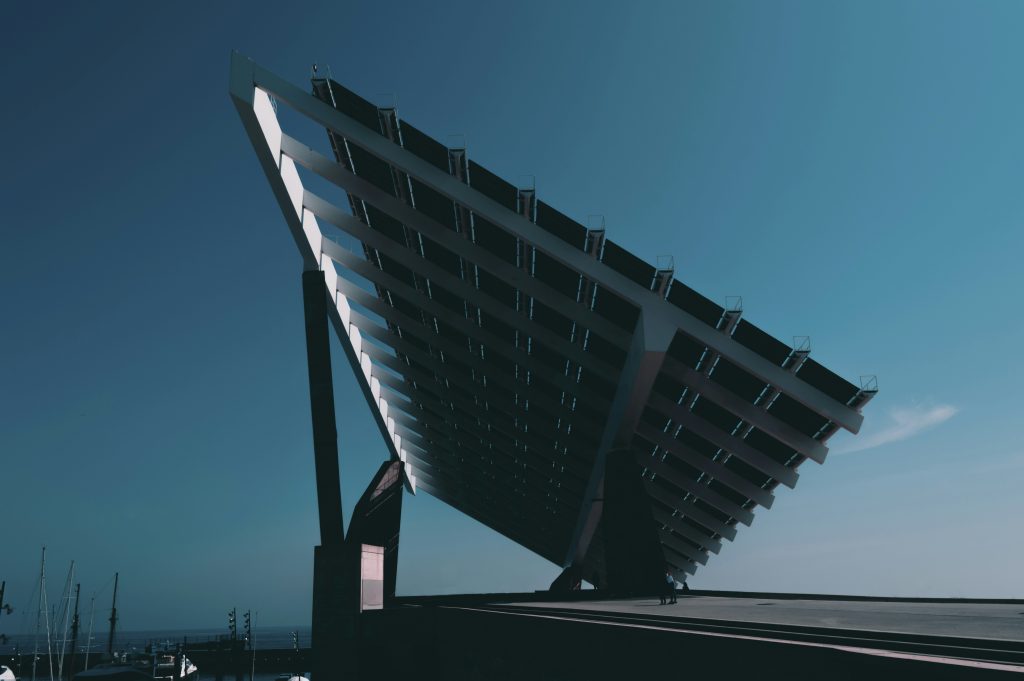
Advantages of Solar Panels
Solar panels offer numerous advantages, making them an increasingly popular choice for individuals, businesses, and governments alike. These advantages extend to various aspects, including environmental sustainability, cost savings, and long-term investments.
Environmentally Friendly
One of the most significant advantages of solar panels is their positive impact on the environment. Solar energy is a clean and renewable energy source that does not release harmful greenhouse gases or contribute to air pollution. By utilizing solar panels, individuals and businesses can significantly reduce their carbon footprint and contribute to combating climate change.
Saves on Electricity Bills
Solar panels generate electricity from sunlight, providing an opportunity to reduce or even eliminate electricity bills. As solar energy production offsets the need to purchase electricity from the grid, individuals can experience substantial cost savings over the lifetime of their solar panel system. Additionally, solar panels can even allow individuals to sell excess electricity back to the grid, further increasing their savings.
Reduces Dependence on Fossil Fuels
The use of solar panels reduces dependence on fossil fuels, such as coal, oil, and natural gas, which are finite resources with harmful environmental impacts. By transitioning to solar energy, individuals and communities can contribute to a more sustainable and resilient energy system, decreasing their reliance on traditional energy sources and supporting a cleaner future.
Investment Benefits
Investing in solar panels can provide significant long-term economic benefits. Solar panels have a relatively long lifespan, often lasting over 25 years, and many manufacturers offer warranties to ensure their durability. This longevity allows individuals and businesses to potentially recover their initial investment through energy savings and government incentives. Furthermore, in regions where net metering or feed-in tariffs are available, individuals can earn income by selling excess electricity back to the grid.
Taking advantage of these benefits makes solar panels an attractive option for those seeking a sustainable energy solution while also considering their financial well-being.
Disadvantages of Solar Panels
While solar panels offer numerous advantages, it is important to consider potential limitations and drawbacks before making the decision to invest in them. Understanding these disadvantages allows individuals to make informed choices and plan accordingly.
High Upfront Costs
One significant drawback of solar panels is the high upfront cost of installation. The initial expenses for purchasing and installing solar panels can be substantial, often requiring a significant investment. However, it is essential to consider the long-term financial benefits and the potential return on investment that can be achieved through reduced energy bills and government incentives.
Climate Dependent
Solar panels rely on sunlight to generate electricity, which means their performance can be affected by variations in weather and climate conditions. Cloudy or rainy days can limit the amount of sunlight reaching the solar panels, resulting in reduced energy production. However, advancements in solar panel technology, such as the efficiency of panels in low-light conditions, minimize the impact of weather fluctuations and ensure continuous energy generation.
Requires Ample Space
To achieve optimal energy production, solar panels require a sufficient amount of space for installation. Rooftop installations are common, but adequate roof space and orientation are necessary to maximize energy output. In cases where rooftop installation is not feasible, ground-mounted systems may be an option, but it is important to have enough open space to accommodate the panels while adhering to any local regulations or permits.
Energy Storage Issues
Solar panels generate electricity when exposed to sunlight, which is readily usable during daylight hours. However, energy storage is a challenge when it comes to capturing surplus energy produced during peak sunlight conditions and utilizing it during periods of low light or at night. While advancements in battery storage technology, such as solar batteries, have addressed this issue to some extent, the overall cost and efficiency of energy storage systems remain factors to consider.
Despite these limitations, the advantages of solar panels often outweigh the disadvantages, making them a viable and sustainable option for many households and businesses.
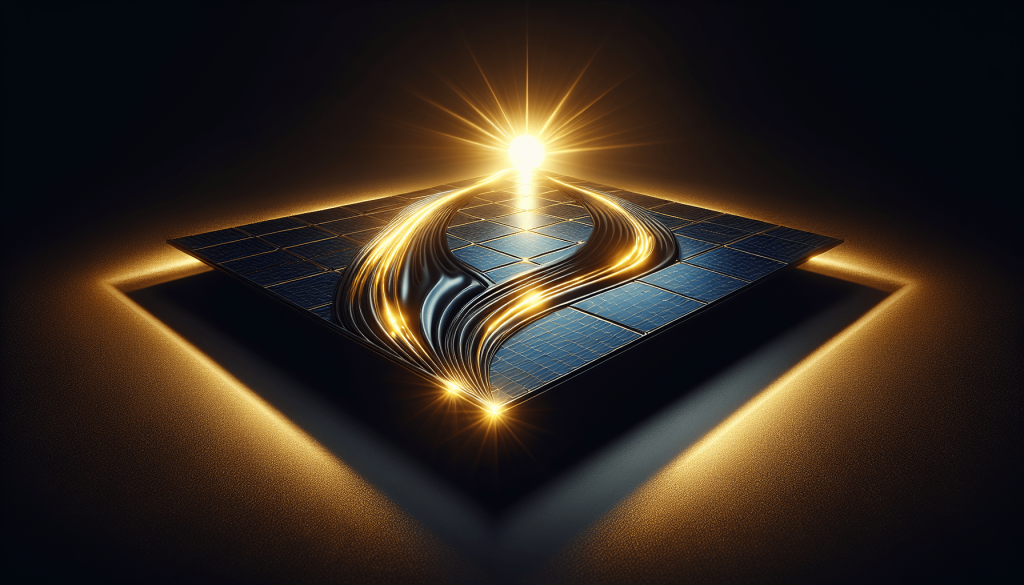
Installation and Maintenance of Solar Panels
Installing and maintaining solar panels is a crucial aspect of owning a solar power system. Proper installation ensures optimal performance and safety, while regular maintenance guarantees longevity and efficiency.
Professional Installation Process
For individuals who lack the necessary expertise or desire assistance, hiring a professional solar panel installation company is recommended. These companies possess the knowledge and experience required to assess a property’s solar potential, handle the necessary permits and paperwork, and properly install the solar panels following industry standards. Professional installation ensures that the solar panels are positioned correctly, optimizing their exposure to sunlight and maximizing energy production.
DIY Installation
For those with the necessary skill set and experience, DIY installation of solar panels is a viable option. DIY installation involves self-assessment of the property’s solar potential, purchasing the necessary equipment, and following detailed installation instructions. However, it is important to note that DIY installation may void certain warranties or incentives, and it requires a thorough understanding of electrical requirements, safety precautions, and local regulations.
Cleaning and Maintenance Practices
Solar panels require regular cleaning and maintenance to ensure their optimal performance. Cleaning is essential to remove any debris, dust, or grime that may accumulate on the surface of the panels, hindering sunlight absorption. Regular inspection and maintenance also allow for the detection and resolution of any potential issues, such as loose wiring or damaged components. It is recommended to consult the manufacturer’s guidelines or seek professional advice on the appropriate cleaning techniques and maintenance schedules.
Repair and Replacement Aspects
In the event of damage or component failure, it is crucial to address repair or replacement promptly to minimize energy loss. Depending on the warranty provided by the manufacturer, repairs and replacements may be covered for a specific period. Professional assistance should be sought for complex repairs or component replacements to ensure the safety and proper functioning of the solar panel system.
By adhering to proper installation procedures, conducting regular maintenance practices, and addressing repairs promptly, individuals can maximize the lifespan and efficiency of their solar panel investment.
Economic Impact of Solar Panels
Beyond the energy savings and environmental benefits, the adoption of solar panels has a positive impact on various economic aspects, including job creation, property value, and government policies and incentives.
Jobs Created by the Solar Industry
The solar industry has experienced significant growth in recent years, leading to the creation of numerous job opportunities. From solar panel manufacturing to system installation and maintenance, the industry offers employment opportunities across various skill levels and sectors. The demand for skilled professionals in solar-related fields continues to rise, making it a promising industry for job seekers and contributing to local and national economies.
Impact on Property Value
The installation of solar panels can increase the value of residential and commercial properties. Studies have shown that properties equipped with solar energy systems have higher resale values and are more attractive to potential buyers. The prospect of reduced energy bills and the environmental consciousness associated with solar energy make properties with solar panels a desirable choice in the real estate market.
Government Incentives and Policies
Many governments around the world incentivize the adoption of solar panels through various policies and initiatives. These incentives can include tax credits, grants, rebates, or feed-in tariffs that provide financial support and encourage investment in solar energy. Additionally, governments may implement renewable energy standards and carbon reduction targets, creating a favorable regulatory environment for solar panel adoption.
These economic factors contribute to the growing popularity of solar panels as a financially sound and sustainable investment option.
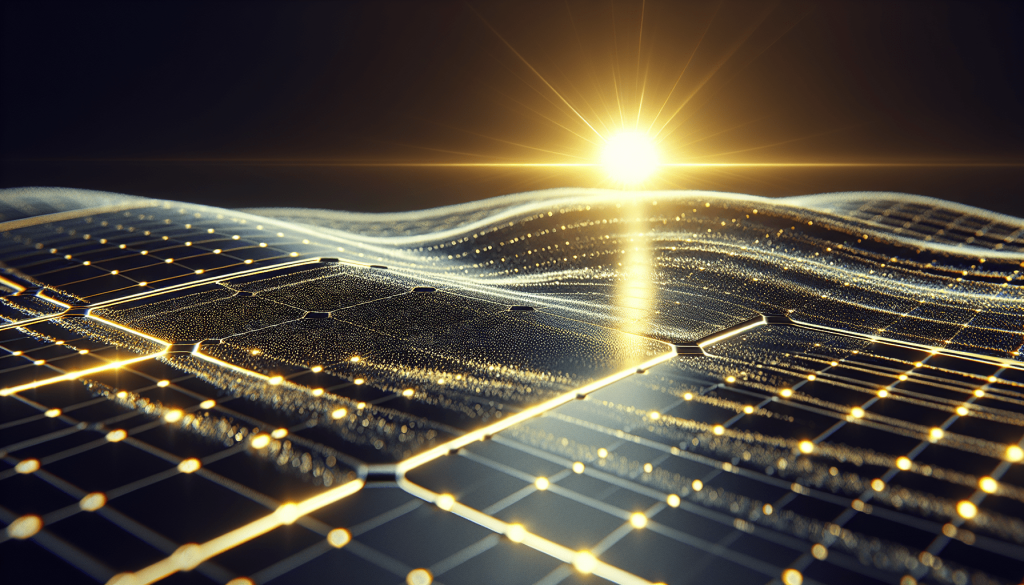
Solar Panels and Sustainability
As renewable energy becomes a focal point in achieving a sustainable future, understanding the lifecycle, recycling, and sustainable materials used in solar panels is vital.
Lifecycle of a Solar Panel
The lifecycle of a solar panel consists of various stages, including manufacturing, installation, operation, and end-of-life management. Understanding the environmental impacts associated with each stage allows for better decision-making and ensures that solar panels remain a sustainable energy solution. Manufacturers are increasingly adopting sustainable practices and incorporating recycled materials into their production processes to minimize the environmental footprint of solar panels.
Recycling and Disposal Issues
As solar panels approach the end of their lifespan, careful consideration must be given to their disposal and recycling. Solar panels contain various materials, including glass, aluminum, and semiconductor materials like silicon, that can be recycled and reused. Proper recycling processes ensure that valuable resources are not wasted and that any potentially harmful components are managed responsibly. Governments and organizations are actively working towards developing effective recycling programs to address the increasing volume of decommissioned solar panels.
Sustainable Materials Used in Production
The production of solar panels involves the use of various materials, and efforts are underway to enhance their sustainability. For instance, manufacturers are exploring methods of reducing the use of rare and toxic materials or substituting them with more environmentally friendly alternatives. The incorporation of sustainable materials and practices into solar panel production helps further reduce their overall environmental impact.
By focusing on the sustainability aspects of solar panels throughout their lifecycle, individuals and organizations contribute to the development of a circular economy that maximizes resource efficiency and minimizes waste.
Future of Solar Technology
The future of solar technology holds exciting possibilities for advancements in efficiency, durability, and integration into the broader renewable energy mix.
Emerging Solar Panel Technologies
Numerous advanced technologies are emerging within the solar panel industry. These include:
- Perovskite solar cells: Perovskite solar cells have the potential to surpass the efficiency levels of traditional silicon solar cells. These cells utilize a unique crystal structure, providing higher light absorption and lower production costs.
- Tandem solar cells: Tandem solar cells combine multiple semiconductor materials with varying light absorption capabilities to achieve higher conversion efficiencies. By expanding the spectrum of light absorption, tandem cells hold promise for further boosting the energy output of solar panels.
- Transparent solar cells: Transparent solar cells, also known as solar windows, can generate electricity while allowing visible light to pass through. These cells have the potential for integration into building facades and windows, enhancing the solar panel’s aesthetic appeal and versatility.
These emerging technologies point toward a future where solar panels become even more efficient, affordable, and adaptable to diverse applications.
Improvements in Efficiency and Durability
Research and development efforts are continuously focused on enhancing the efficiency and durability of solar panels. Through advancements in materials, designs, and manufacturing processes, higher conversion efficiencies can be achieved, ensuring that more sunlight is converted into usable electricity. Additionally, improvements in durability and resistance to environmental factors, such as extreme temperatures and humidity, ensure the longevity and performance of solar panels in various climates and conditions.
Scope of Solar Power in Renewable Energy Mix
Solar power plays a critical role in the renewable energy mix, and its significance is expected to grow. As technological advancements drive the cost of solar panel production down and efficiency levels up, solar power becomes increasingly competitive with traditional energy sources. Solar energy has the potential to become a prominent contributor to the global energy supply, reducing reliance on fossil fuels and helping address the pressing challenges of climate change.
Understanding the future of solar technology allows us to envision a world powered by clean, sustainable, and abundant solar energy.
In conclusion, solar panels have revolutionized the way we generate and harness electricity. With their ability to convert sunlight into usable power, solar panels offer numerous advantages, including cost savings, environmental sustainability, and long-term investments. While there are some drawbacks, such as high upfront costs and climate dependencies, the economic impact and potential for sustainability make solar panels an increasingly attractive option. By understanding the components, working principles, and types of solar panels, individuals and businesses can make informed decisions about their energy needs. As solar technology continues to evolve, the future of solar panels holds exciting prospects for greater efficiency, durability, and integration into our renewable energy mix.

